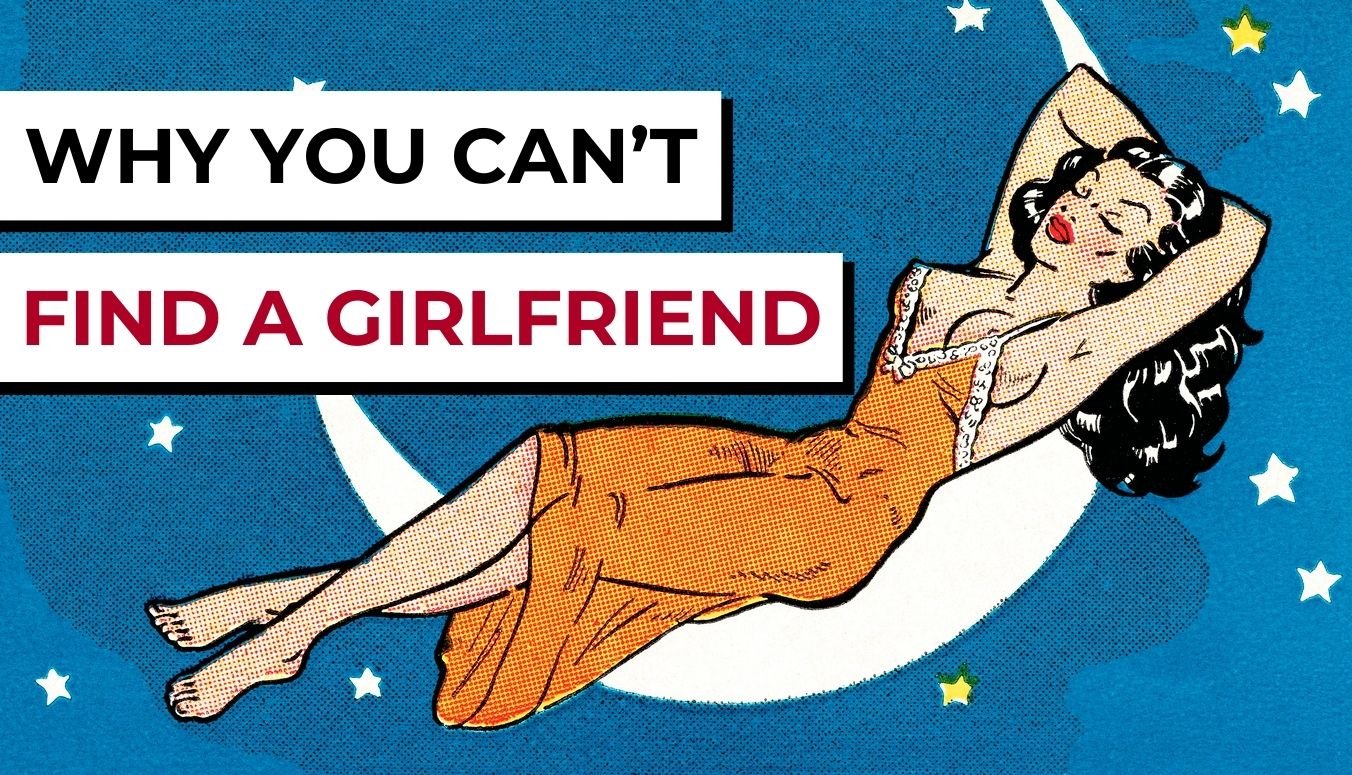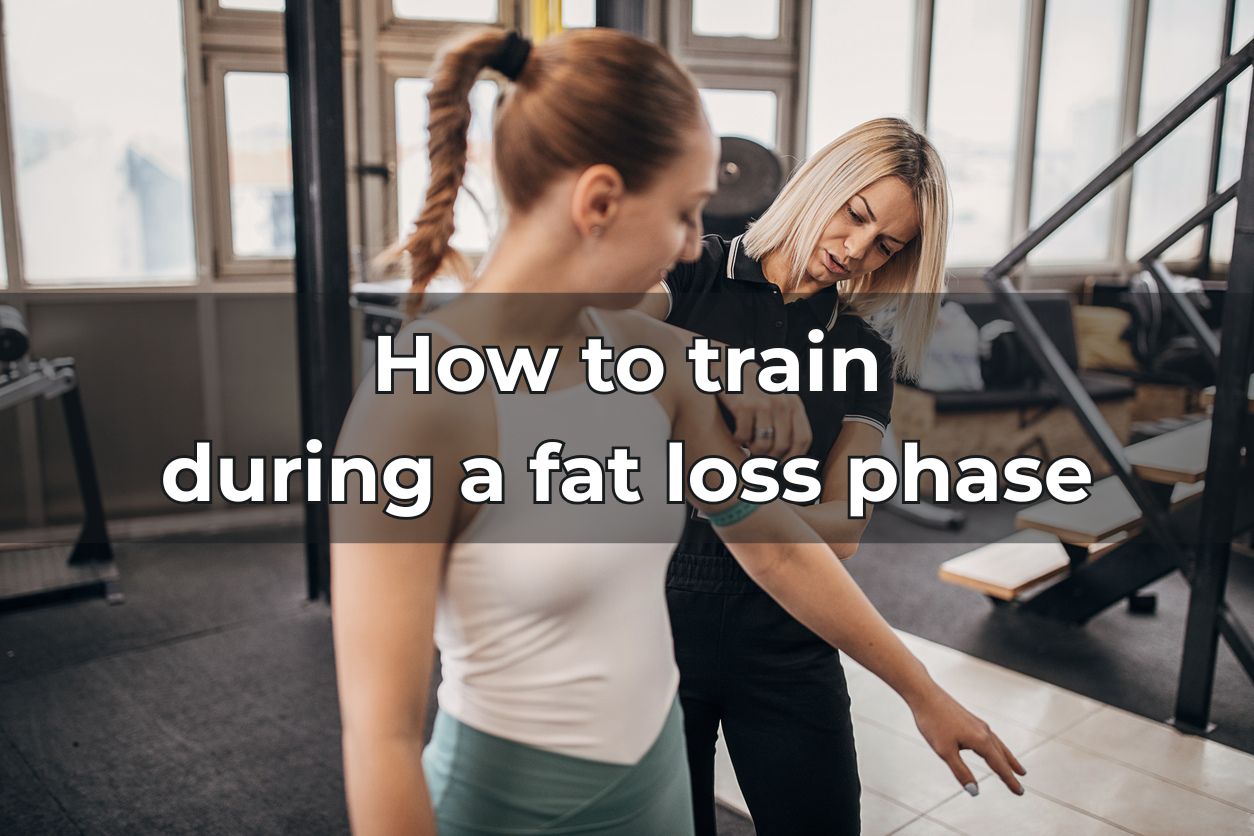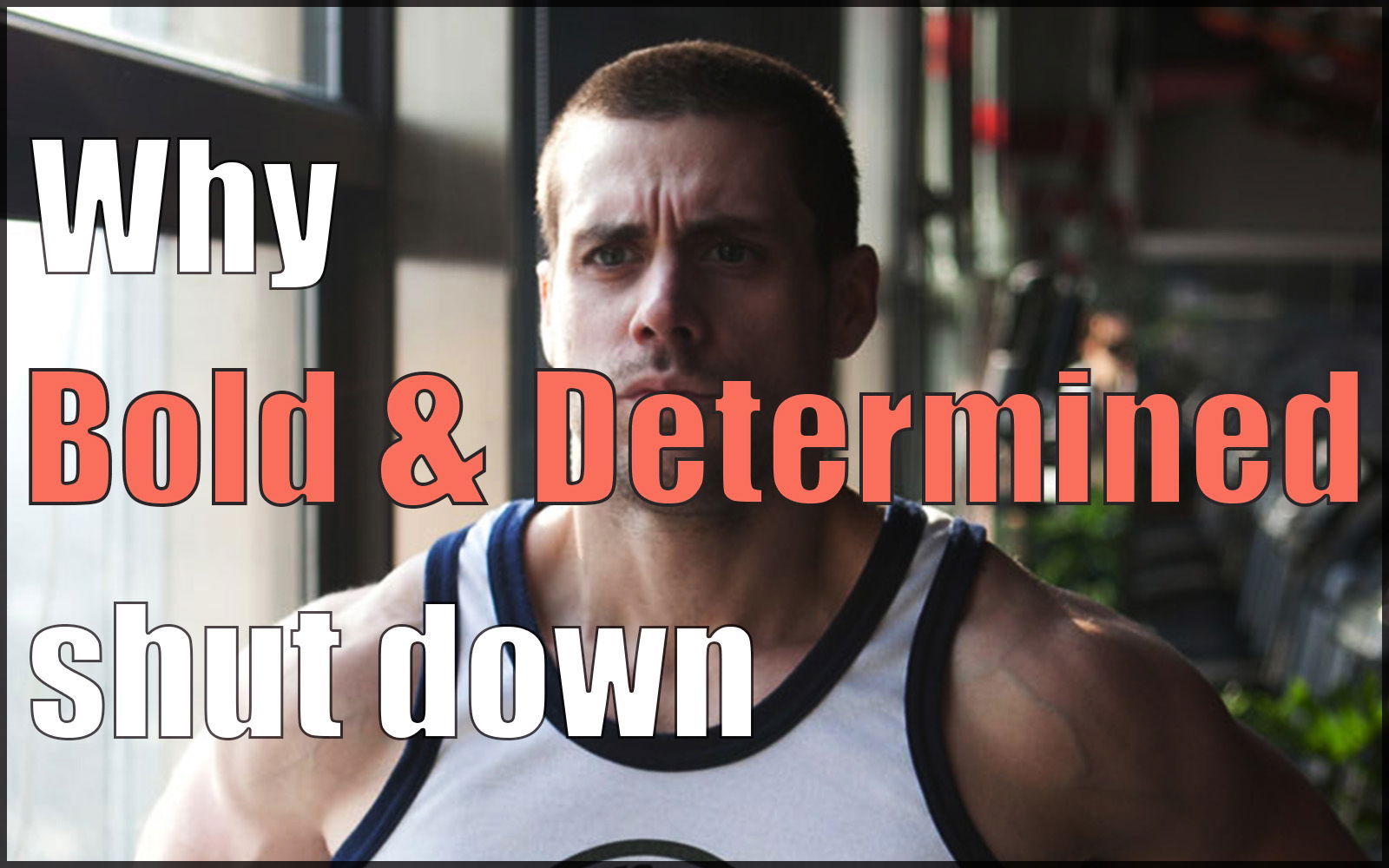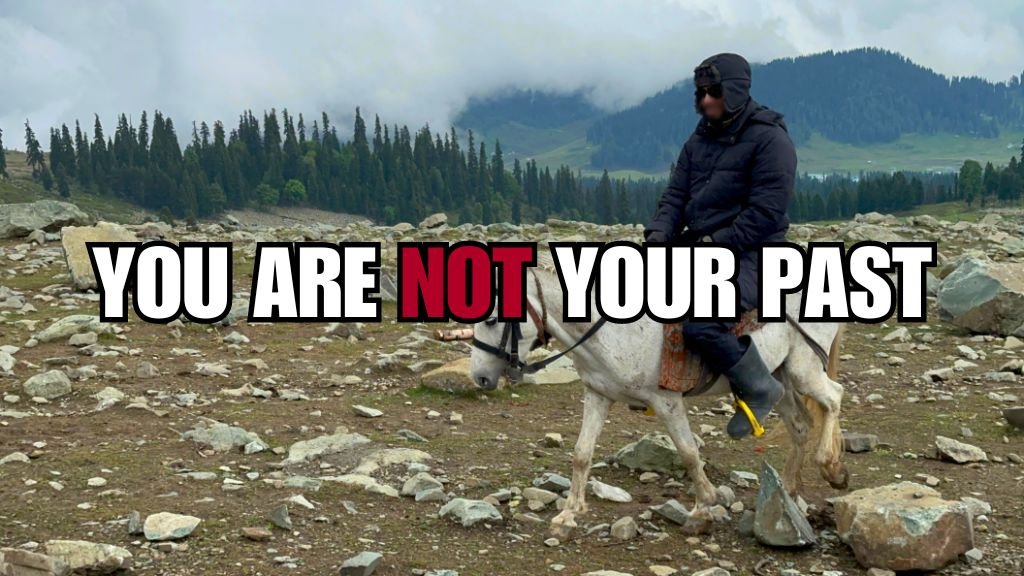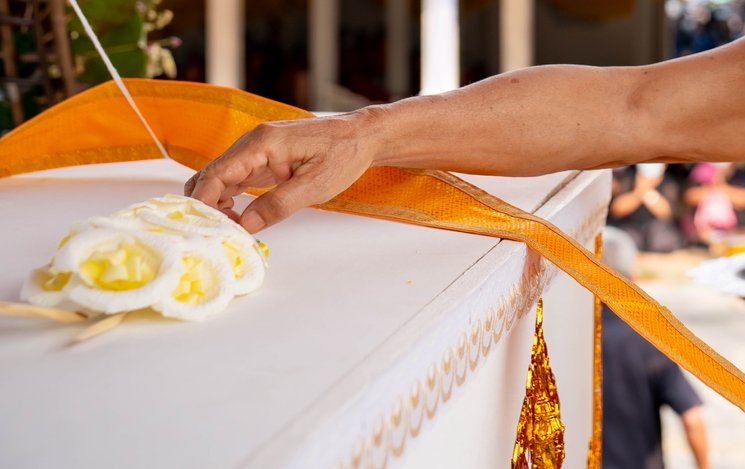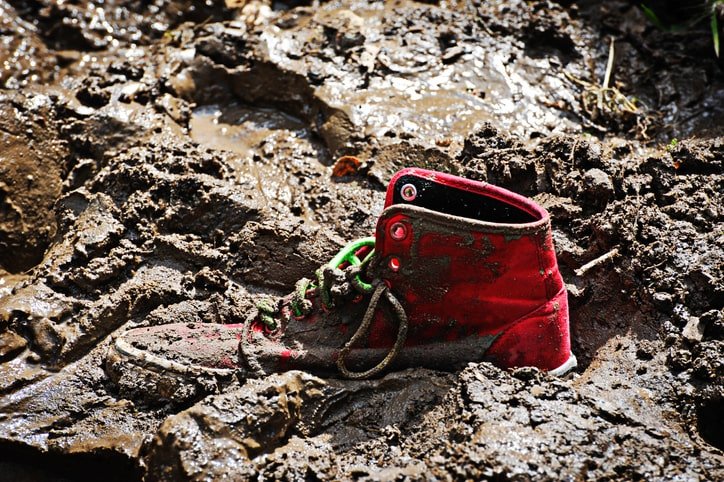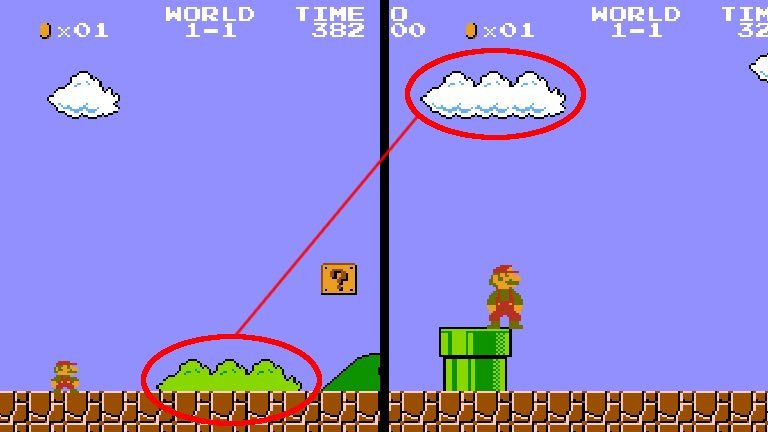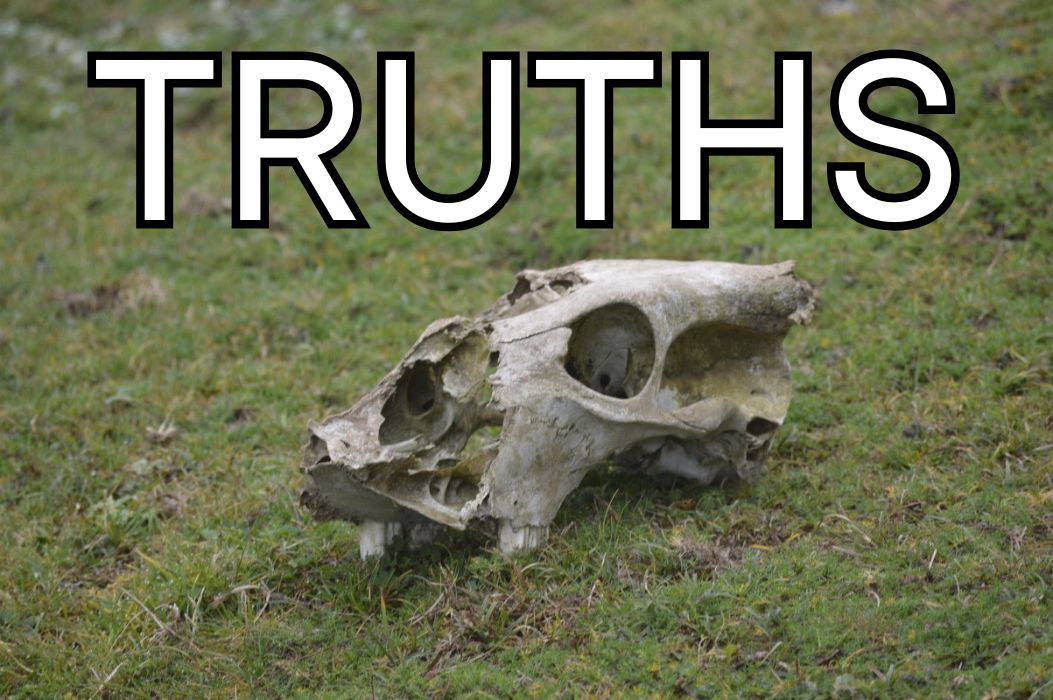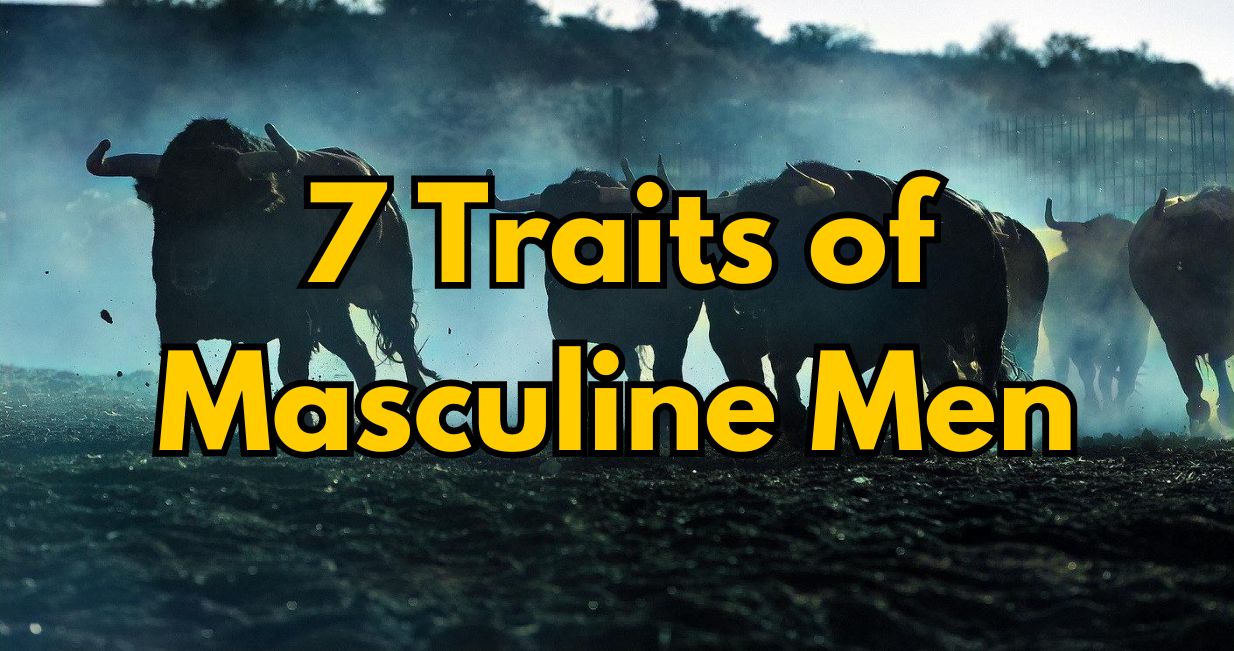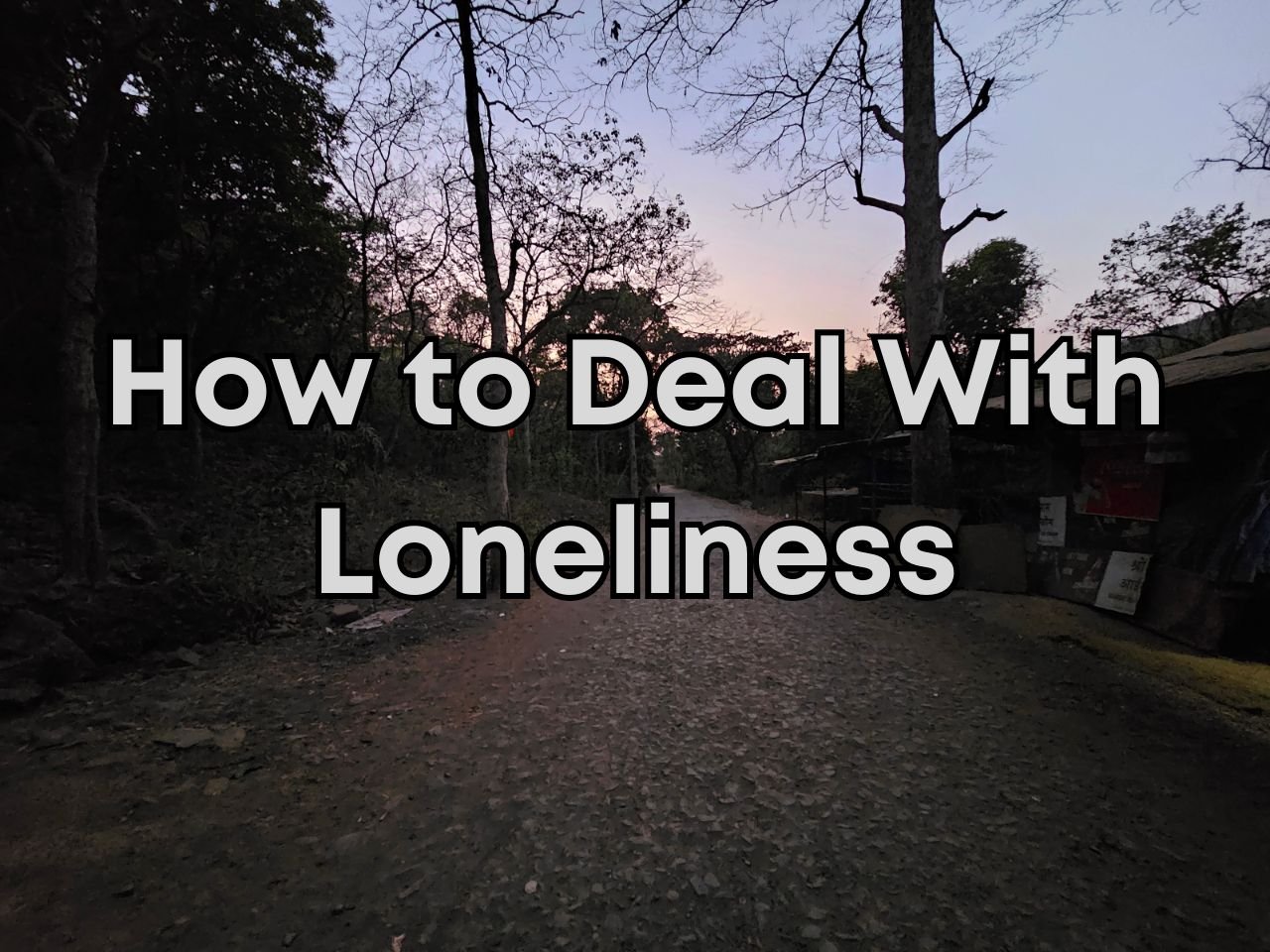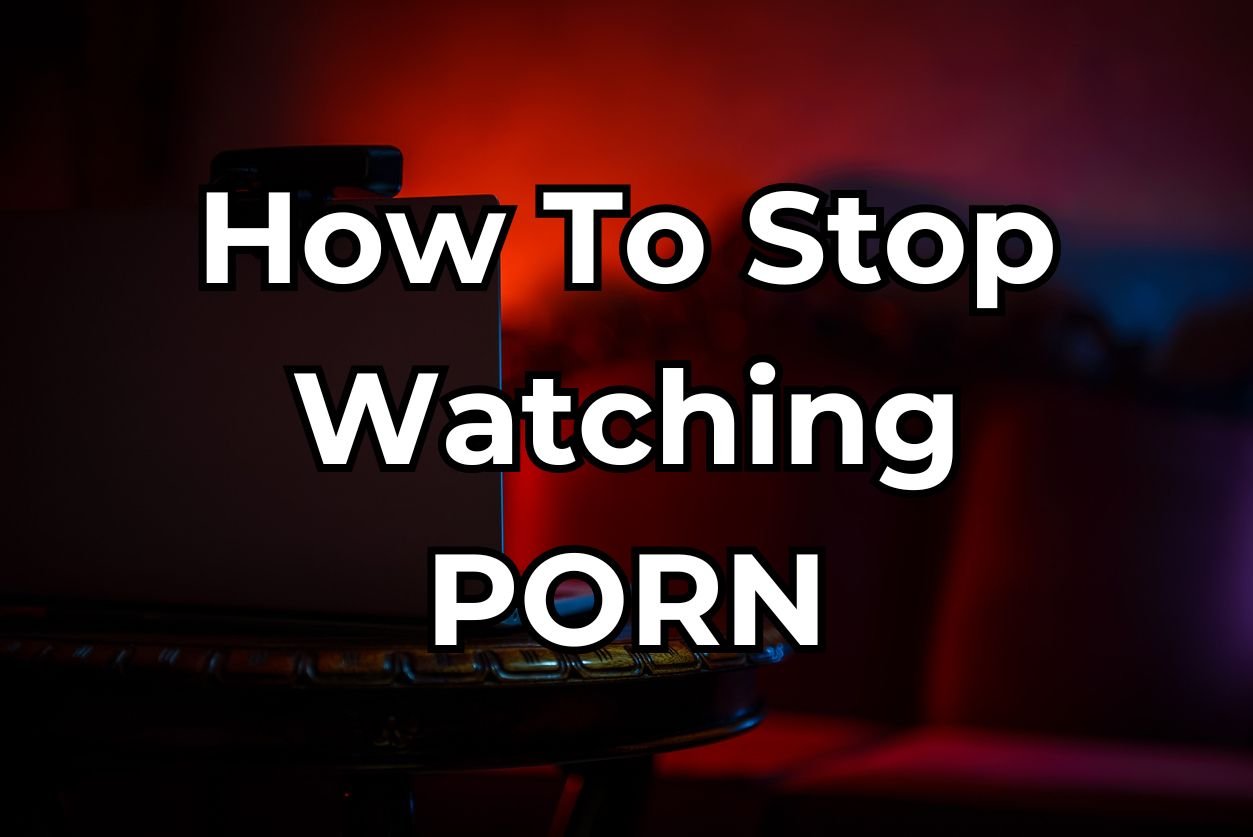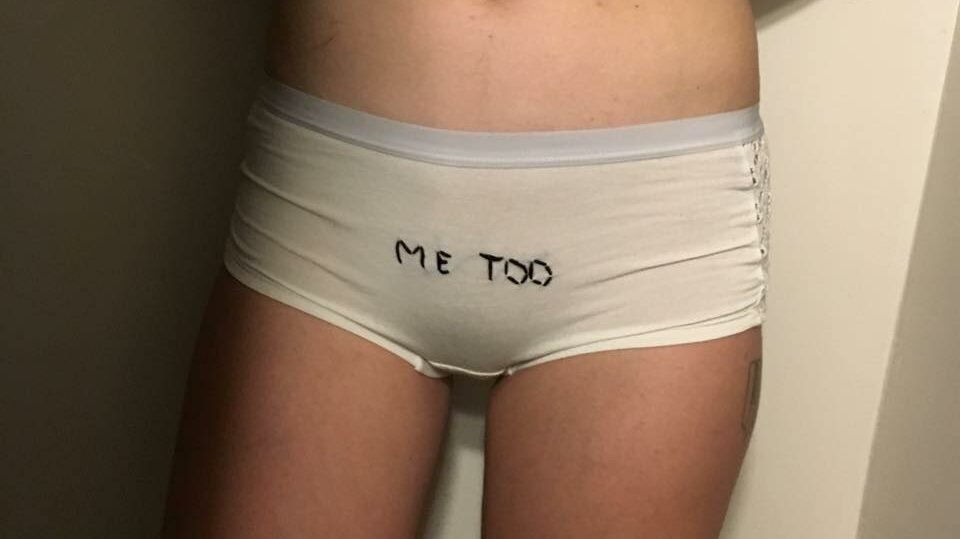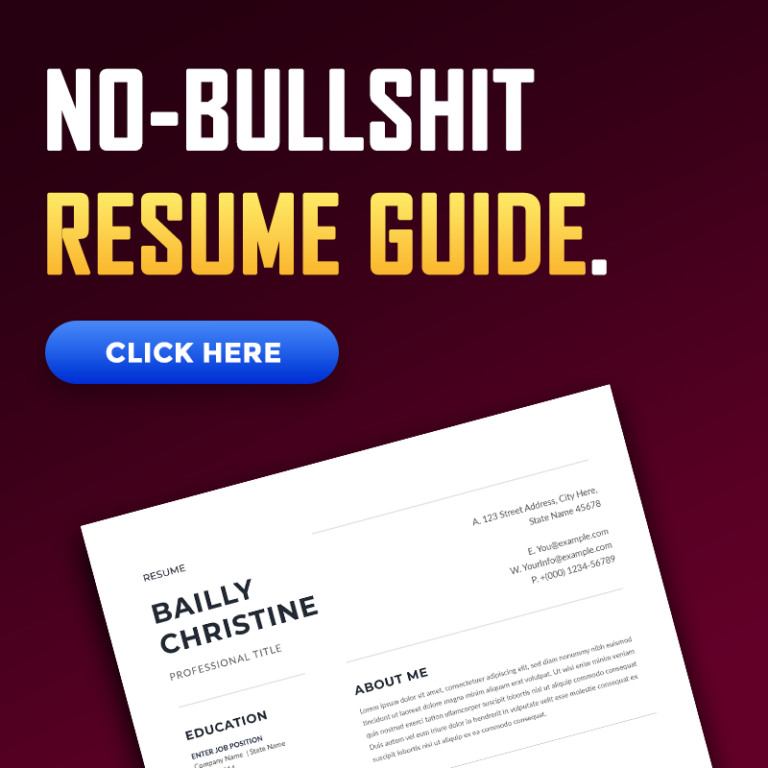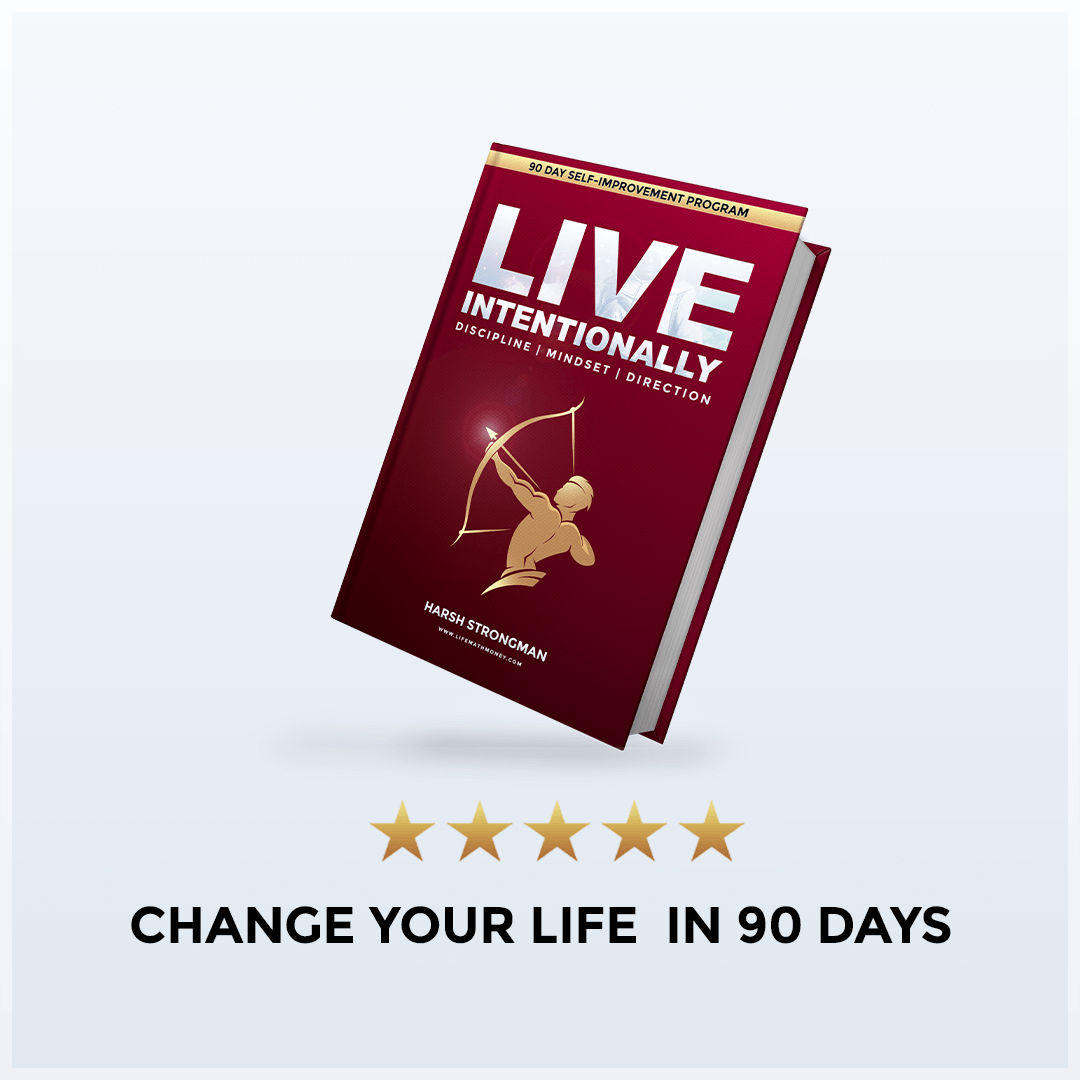First things first – don’t panic.
Injuries happen to everyone. Anyone who trains at anything with seriousness will get injured doing it at some point. In fact, most athletes get injured many times in their training careers.
You play football, you might hurt your feet and knees. You play badminton, you might hurt your knees, your elbows, and your shoulders. You go to the gym and lift heavy weights, you might hurt your back.
You don’t see a badminton player quit the game over an ankle sprain but you do see a ton of people quit lifting after a back injury. This is because they don’t understand one simple thing:
INJURIES HAPPEN. THEY ARE A NORMAL AND EXPECTED PART OF THE GAME.
There is nothing “unfortunate” about you. You are not cursed. You got injured and that’s ok. It happens to everyone who does any physical activity with the goal of getting better over time.
Don’t panic. You are not crippled for life. You tweaked your back and like all things, it will heal.
Getting and managing injuries are a part and parcel of training. There are no serious trainees or athletes who never get injured. ZERO.
You know the only surefire way to avoid injury? BED-REST. But then you become a fat slob like the average male and die of a heart attack at 50.
So yeah – you tweaked your back. It might be tender and even simple things like walking might be painful. Life is not over. Calm down because you’ll be fine in some weeks.
Don’t stretch the injury site until inflammation subsides.
The first instinct people have when they get a back tweak is to stretch the back aggressively to “fix it” (which is real dumb).
Imagine you have a small cut on your skin. Do you think the smart thing to do is to pull the two ends of the skin apart and open the cut even more? NO.
Same thing. Do not stretch your injured back. At least not until the inflammation is gone. You might have minor tears and they don’t need to be stretched.
Also, your body will tighten up some of the back muscles to stabilize the part of the spine that’s hurt. By stretching the spine, you are removing the tightness and the stabilization – don’t do it.
There is no need to do things like twisting, dead hangs, situps, or any kind of aggressive back stretches while the back is inflamed.
BE ACTIVE UNTIL INFLAMMATION SUBSIDES.
This is extremely important for back related injuries. You MUST be active. The very last thing you want to do is be on bedrest because it hurts to walk.
If you do not move enough, any micro tears in your back will heal with scar tissue in a haphazard way. Scar tissue is less flexible and will attract re-injuries.

If you stay active, not only will you have less scar tissue formation, but any scar tissue that forms will do so in a functional and less restrictive way i.e. you will have less long term stiffness (if any).
This is also why people who get knee surgery are advised to start walking immediately instead of resting.
Walk and swim. You need to keep the back warm while the inflammation dies. Walking requires no special access to equipment. It might hurt a bit but do it. Swimming decompresses the back while keeping it active. If you have access to a pool, go and swim.
Do your daily tasks yourself. I mean things like tying the laces of your shoes yourself. Unless you’re screaming in pain, don’t act like a pussy. Don’t have your spouse do all your little tasks for you. Doing your daily tasks yourself aids healing and preserves mobility.
Don’t skip training. Oh no I injured my back, this means I should stop seeing the inside of the gym until it completely heals, right? WRONG. Go to the gym and train. If it hurts, pick a lighter weight or a different variation (like chest supported row instead of barbell row). Don’t be a pussy. Injuries happen. This doesn’t mean you stop training.
The long term solution is to strengthen the back.
As the inflammation dies down (and it will in a few days to a week or two), you will go from sharp pain to a dull ache to no pain.
However, the part that got injured is weakened and when you try to lift something heavy again, you will be able to “feel” the weakness there. This weakness will stay for years and years unless you actively fix it.
You need to understand something: The back is like the ankle.
The clearest predictor of an ankle sprain is a prior ankle sprain. The same is true for the back. The clearest predictor of a back tweak or injury is a prior back injury.
The long term solution to back injuries is to STRENGTHEN the back.
A strong back is far more resistant to re-injury than a weak back.
Understand the back muscles:

You must train the muscles that keep the spine stable: The lats, the erector spinae, the traps, the rhomboids, and your core/abs.
Here are the exercises I recommend for you pull/Back day:
- Two horizontal rows: Iso-lateral rows, chest supported rows, one arm row, seated cable row, barbell row, landmine row [Pick any two and do one with close grip and one with wide grip]
- Two vertical pulls: Lat Pulldowns, Chin ups, pull ups, close grip pulldowns, upright row [Pick any two and do one with close grip and one with wide grip]
For your legs and core day:
- Any erector spinae exercise (trained with the glutes): 45 degree hyper-extension, deadlifts, Romanian deadlifts, glute bridge machine
- Ab exercises: Pick anything that you like doing. For people with back issues I recommend avoiding things like crunches and situps. Hanging leg raises work really well.
Remember, the only way to have a strong back is by training your back.
If you do not train your back to be big and strong, you will always have an injured man’s back. And you will feel it when you’re picking up luggage, your kids, or even with things like your wife hanging on to you with her arms. Not a good feeling so go and hit the gym.
Program your training correctly.
If you are constantly getting injured in the gym – you’re doing something wrong. This is not up for debate.
It could be bad form, or not getting enough recovery, or you might just have a spinal structure more susceptible to injury than others.
If it’s bad form or a lack of recovery, fix that. If you’re training with good form and STILL getting injured, you must change your programming.
This typically means opting for exercises that do not put enormous shear forces on the back as opposed to the ones that do.

Unless you’re competing for something, there is no “must do” exercise. You can always find a variant of any exercise that doesn’t put shear forces on the back.
Also, for all the starting strength fanboys out there: YOU DON’T NEED TO DEADLIFT IF YOU FIND YOURSELF REPEATEDLY GETTING INJURED WITH THE DEADLIFT DESPITE GOOD FORM.
Here are some variants for popular exercises that put shear forces on the back:
Low bar squat: High bar squat, Bulgarian split squat, hack squat, leg press
Deadlift: 45 degree hyper-extension, rack pull or block pull, hip thrust, Romanian deadlifts
Barbell rows (Pendlay style): Chest supported rows, Iso-lateral rows, one arm rows
There are NO exercises in the world that are “sacred”. Everything has a substitute.
If you find one that doesn’t work for you (gives you joint pain or injuries), you don’t need to keep doing it like a lemon. Pick an alternative exercise and do that.
You are not a competitive athlete so stop acting like you “must” deadlift or “must” do low bar squats so you can lift a bit more.
NO ONE cares how much you can lift. The exception is maybe your gym bro but unless you’re a gay faggot you shouldn’t really consider that a decision making factor.
You go to the gym for your good health and fitness and getting repeated injuries is the exact opposite of that.
If you have shooting pain in your legs, go to a doctor.
If a month or two has gone by (i.e. all the acute inflammation is gone) and you find yourself with pain shooting down your legs – this is a sign of nerve related injury.
You need to go to a doctor to diagnose the issue and get some physio done to relieve pressure on the nerves. Whatever the diagnosis, the long term solution is still what I told you in this article – you must strengthen the back.
1 year from now, would you rather be the guy with the strong back or the guy with the weak back?
Who is more likely to be pain free?
Who is less likely to get re-injured?
Who is less likely to feel the lingering effects of the injury as time goes by?
The answers are obvious. Strong is better than weak.
Don’t let a setback stop you from getting stronger.
Hit the gym. Progressive overload is your friend.
YOU WILL MAKE IT.
Your man,
Harsh Strongman
P.S. If you’re looking for a training program, I highly recommend Push Pull Legs by AJA Cortes.






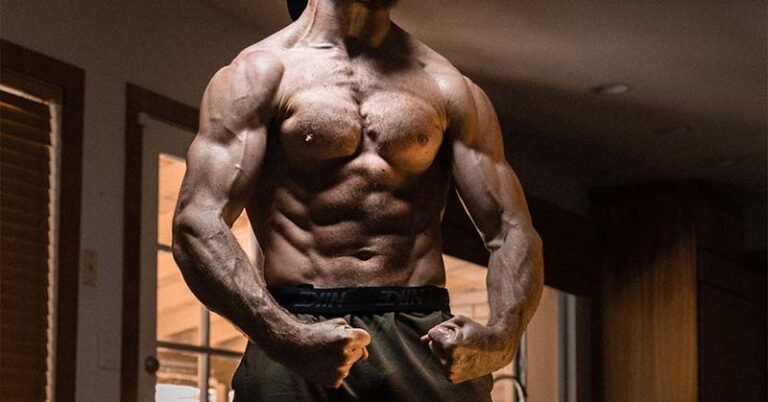

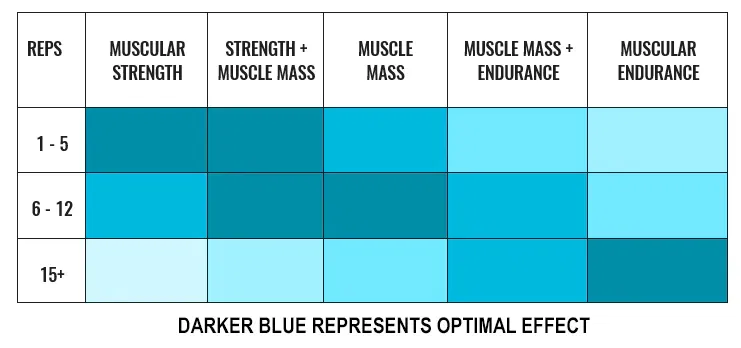

![Traits Women Find Attractive Traits Women Find Attractive (And How to Score Yourself) [PART 1: Physical Aspects]](https://lifemathmoney.b-cdn.net/wp-content/uploads/2025/11/Traits-Women-Find-Attractive-1.jpg)




